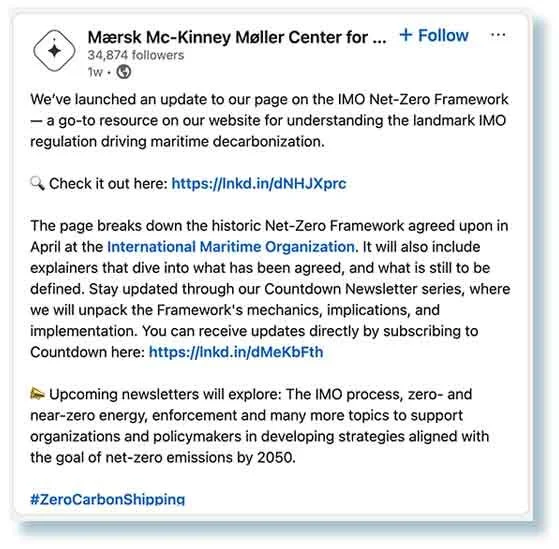Herbert-ABS Booth-3
We invite you to meet us at Norfolk, Virginia's premier SNAME Maritime Convention. In lockstep with the convention's 2025 theme,”Technology Transfer – Bringing Global Best Practices to the Maritime Industry.” SNAME is an internationally recognized society of individual members serving the maritime and offshore industries and their suppliers.
The Exhibition will be held at the Hilton Norfolk, The Main in Norfolk, Virginia, USA.
SMC 2024 Location:
Hilton Norfolk The Main
100 East Main Street
Norfolk, VA 23510
Eugene van Rynbach will be part of a Keynote - Panel Session 1:
Oct 30 , 8:00 – 10:00 AM Rebuilding America’s Shipbuilding Power: A call to Action
Speakers:
INTRODUCTION: Sang Yi, Acting Administrator of the U.S. Maritime Administration
Will Cahill, Co-Founder Applied Maritime Sciences, Former National Security Council Director for Strategic Planning, Princeton University
Ted Williams, President, Senesco Marine
Brett Hershman, Director, Government Relations and Business Development, General Dynamics NASSCO
Eugene van Rynbach, Senior Principal, Herbert Engineering
Mark Martecchini, President, Webb Institute
Moderator: Morgan Fanberg, CEO and President, Glosten
HEC Attendees:
Eugene van Rynbach, Principal, Naval Architect & Marine Engineer
Hendrik Bruhns, President, Naval Architect
Dale Pederson, Senior Naval Architect
Give us a call to meet up:
Hendrik Bruhns; ++1 5103567581
Attend SMC for technical presentations, panels, and continuing education sessions. Network with peers from all over the world. Learn about new companies and technologies by visiting our exhibitors. While at the Convention, take time to experience the Norfolk waterfront and its restaurants and shops, or visit the Hampton Roads Naval Museum/Nauticus Museum and the USS Wisconsin, BB-64.
LinkedIn: #SNAME2025 #SMC2025 #MaritimeEngineering #NavalArchitecture #Shipbuilding
#TechnologyTransfer #GlobalBestPractices #MarineTechnology #MeetTheExperts #USShipbuilding
#NorfolkVA #HiltonNorfolk #MaritimeInnovation #KeynotePanel


